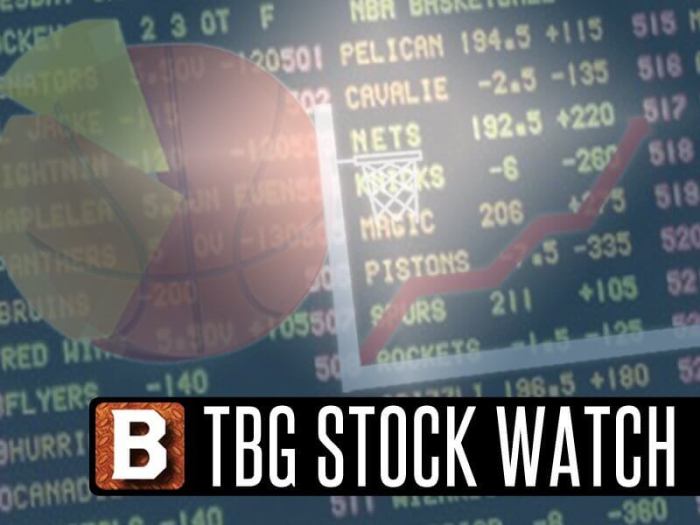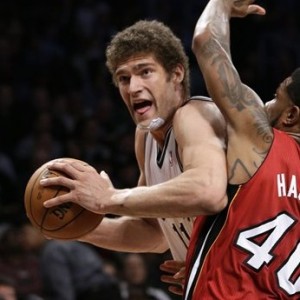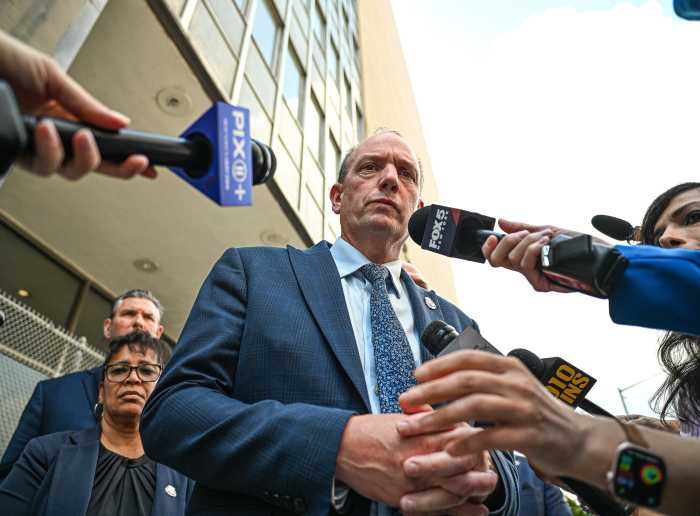 In my opinion, Rafer Alston is the least talked about piece the Nets received from the Vince Carter trade. The blogs and sportswriters really have been concentrating on Courtney Lee’s emotions and Tony Battie’s contract, all the while Rafer Alston just its there unnoticed and unmentioned. This is strange, because Rafer has the potential to make the biggest impact, out of the three, for the Nets this upcoming season (please note THIS SEASON). It all depends on whether or not Rafer’s game fits the Nets, and their roster.
In my opinion, Rafer Alston is the least talked about piece the Nets received from the Vince Carter trade. The blogs and sportswriters really have been concentrating on Courtney Lee’s emotions and Tony Battie’s contract, all the while Rafer Alston just its there unnoticed and unmentioned. This is strange, because Rafer has the potential to make the biggest impact, out of the three, for the Nets this upcoming season (please note THIS SEASON). It all depends on whether or not Rafer’s game fits the Nets, and their roster.
Now going in Rafer should know that he is going to be the back-up. This shouldn’t cause any problems, and based on all the reports that claim Alston can’t wait to play for the Nets, it doesn’t seem like it will. So when we look at Alston, we need to keep in mind that he is going to be the back-up.
When evaluating back-up point guards, I like to look at two things. Does his style match the starting point’s? Also, how does his game mesh with the second string? You want your backup point guard to have a similar game to the starter because if the starter gets hurt, you want your back-up to just to be able to get in there and have the offense not miss a beat. With that being said, you also want to see the back-up’s game work with the second string. This one should be pretty self-explanatory, the back-up is going to spend the most minutes playing with the second string.
Does Rafer’s Game Mirror Devin’s?
Before looking at the numbers, the eye test says yes. Both Devin and Rafer seem to be most comfortable on the break. Both have questionable jumpers. When either of these guys are hitting, they can’t miss. However, when they are off, it isn’t pretty. Also, they both rely on their handle and quicks to get into the lane and create. Being younger, Devin Harris is much quicker, but in my opinion Rafer utilizes the changing of speeds and bursts of quickness fantastically.
We don’t have to just rely on this eye test though. With the development of advanced statistics, there are plenty of numbers we can look at to see how similar their games are (I am using Rafer Alston’s numbers from Orlando since the Magic’s style is similar to the Nets’). The first thing that I like to look at when comparing styles of play is shot selection. 82games.com does a great job of breaking down shot-types (and when they are taken in the shot-clock) of individual players. Here are Devin’s and Rafer’s breakdowns:
These numbers are pretty similar, which to me means that their style is going to be similar. Rafer Alston shot slightly more jumpers, but he did shoot those slightly better than Devin. What is interesting is that Rafer seemed to rely heavily on his teammates to get his jump shots off, but when you examine it closer you realize that it makes sense because of the way teams played the Magic. They sagged off of Rafer allowing him to step in and shoot off of passes from his teammates. With that being said, I am comfortable enough to see Rafer starting running the dribble drive offense in case of an injury to Devin.
We can also use PER here, not to compare styles but to compare level of play. Devin’s PER at point last year was 24.0 while Rafer’s PER at point was 17.6. This is a pretty big disparity, but when you take note that the league average PER is 15.0, you realize that both players are pretty successful when running the point. The use of PER can also help us evaluate defense. Rafer’s opponent PER is 15.2 while Devin’s was 18.6. What does this mean? It means that Rafer held the point guard opposite of him to a lower PER than Devin did.
All in all, the style and quality of play are close enough between these two for me.
Does Rafer Fit With The Second String?
While Rafer has molded himself into a solid point guard, every once in a while you can expect “Skip To My lou” to come out, and with him playing in what is basically his home town, you can expect it to happen a little more. But you know what? That is ok. Well, let me be a tad more specific. It is ok when he is running with the second-string. If you look at my projected second string, you get the following starting line-up:
- PG: Rafer Alston
- SG: Keyon Dooling
- SF: Jarvis Hayes/Terrence Williams
- PF: Tony Battie
- C: Josh Boone
Now where is the scoring going to come from? Sure, if Keyon Dooling plays as well as he did last year, he can contribute some buckets, but who else? Realistically, Rafer Aslton is going to have to pick up the scoring load when playing with the second string. To me, this works out perfectly, and fits Rafer’s game to a T.
An Added Bonus
I know I said there are two things to look at when evaluating a back-up point, but in this case specifically, there is a third thing to look at. That is, with Rafer Alston backing up Devin Harris, Keyon Dooling can slide to the 2 (his natural position) and play there full time. Keyon was basically playing point last year as a necessity, and it hurt his game. What do I mean? Well, according to 82games.com Keyon played 30% of the Nets’ total minutes at PG with a PER of 14.9 while allowing opposing PGs play at a PER level of 19.6 (This makes sense because Keyon doesn’t really have the speed to D up opposing PGs). Dooling also played 22% of the Nets’ total minutes at SG with a PER of of 15.6 while allowing opposing SGs to play at a PER level of 16.6.
What do all those numbers mean? Well, when he is playing the SG position Keyon Dooling is a more productive player who plays better defense. Rafer Alston on this team allows for Keyon Dooling to play SG full-time, and as a result, this makes him a better player in the long run.
—
I guess by now you guys can figure out that I think Rafer Alston, and his game, does in fact fits with the Nets and their roster. What do you guys think? Leave your opinions in the comments…


















